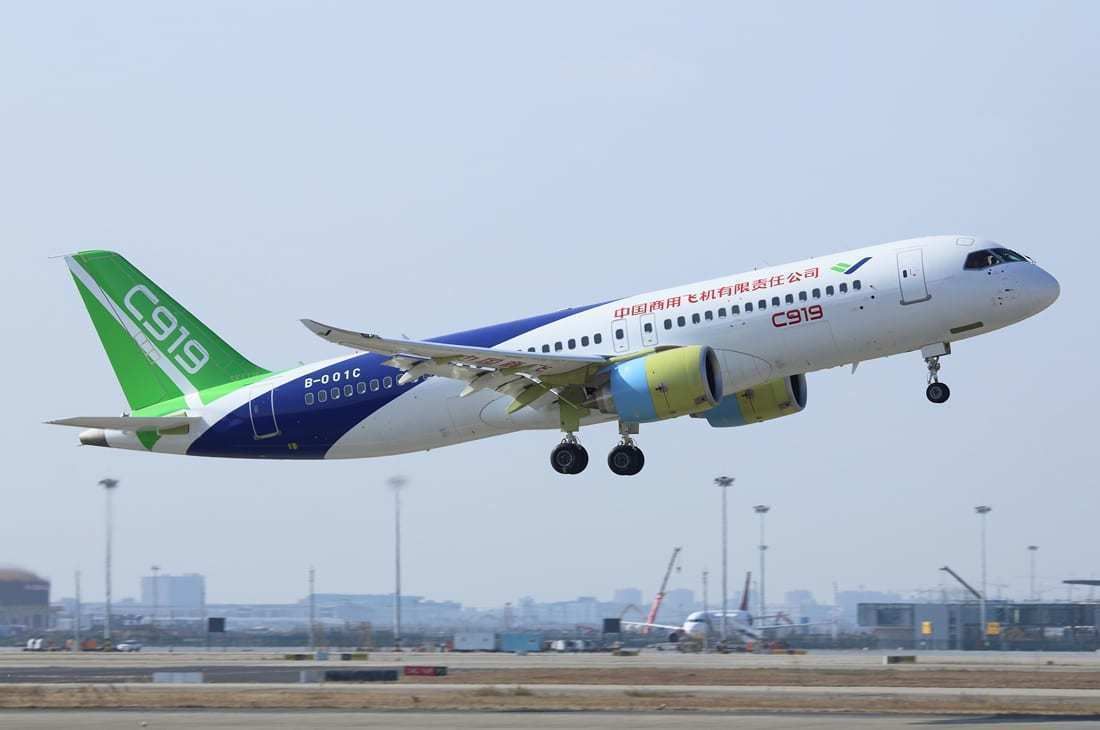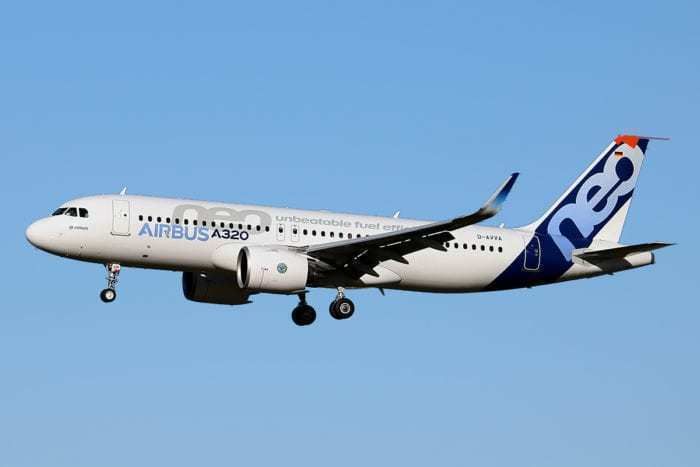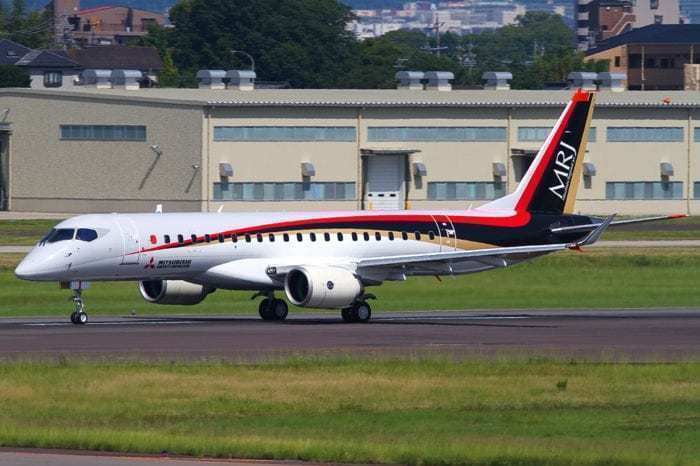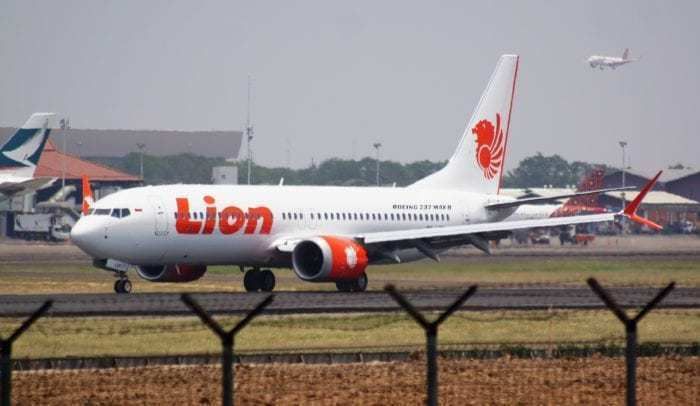Boeing’s poor handling of the MAX disaster could prove to be more damaging than even they realize. The Chinese are poised to break into aviation in a big way, and with Boeing’s reputation in tatters, this could be the opportunity they’ve been waiting for.
For decades, there have only been really two choices when it comes to commercial aircraft. Boeing and Airbus have a powerful duopoly over the industry, supplying aircraft worldwide at the fastest pace they can.
The two manufacturers are often neck and neck when it comes to sales and production. Some years Boeing wins out, others it’s Airbus. But recent events could soon change all that, as Boeing faces up to the prospect of losing the love for its bestselling aircraft.
After two catastrophic crashes of the MAX 8, Boeing were slow to take action, stoically sticking to their assurances that the aircraft were safe to fly. The first to ground the planes were China, followed some days later by the rest of the world.
The fallout from this is that some airlines no longer want to buy the plane, despite the extensive safety testing that will be carried out before its allowed to fly again. Instead, the narrowbody orders will be filled by their rival Airbus. Or could there be a third option?
The Comac C919
While Boeing and Airbus lock horns for their share of the market, China have been quietly beavering away at their own 737 rival. The Comac C919 has been a long time coming, but is shaping up to be a pretty good aircraft.
When China decided to enter the commercial aircraft manufacturing market, they made a wise decision – to go for the basic airline workhorse. Nothing fancy here, just a solid single aisle jet for transporting 160-200 passengers on domestic routes. China alone will need around 9,000 of these in the next 20 years. This meant there were two existing designs for them to learn from: the Boeing 737 and the Airbus A320.
Although both aircraft are popular with carriers and well known models, the Airbus is the newer of the two. The 737 was first built in the 1960s, and despite being updated with new technology when it comes about, for the most part it hasn’t changed all that much. The A320, on the other hand, was built in the 1980s, and made use of many more modern elements in its fundamental design.
As such, Comac chose to emulate the A320 for their home grown passenger jet. From the outside, the C919 is virtually indistinguishable from the Airbus; but, of course, that’s not the part that matters. Under the hood, Comac needed some help, and had to set up partnerships with many of the biggest names in aircraft manufacturing; Rockwell Collins, UTC Aerospace, Thales, CFM… with no domestic supply chain in place, there was no other option available.
Helped by Europe, hindered by the US
Building an airliner is no mean feat. A new manufacturer needs to learn how to build one of the most complex machines known to man to the very highest standard of safety.
The Russians tried with the Sukhoi Superjet, but tales of unreliability and a crash during a demonstration have meant sales have never really taken off. Japan too have been working on the Mitsubishi Regional Jet for years, with technical glitches demonstrating that they are still a way down on their learning curve.
In some ways, Airbus have helped the Chinese with their own learning curve. When they opened an assembly plant in China over 10 years ago, it gave the Chinese the opportunity to get some hands on experience of the production process.
Boeing missed a trick here and have paid the price for it. 25% of Airbus’ sales are in China; just 14% of Boeing’s are. Airbus are winning in the East, at least in part thanks to their willingness to let China in on the secrets of their build. Boeing opened a plant for the 737 MAX in China, finally, last December, but they were very late to the party.
However, Comac’s dependency on international suppliers has been their biggest weakness. Since the Trump administration began their trade war with China, it has slowed their ability to crack on with production. Even so, the Chinese won’t be discouraged.
Could the C919 take on the MAX?
Despite all that’s happened, the Boeing 737 MAX will fly again. It will probably sell too, by the thousand, and will almost certainly be just as safe as previous generations of the 737 were. However, the issues with the MAX have highlighted the problem with sticking new technology into a 60 year old airframe, and that’s something Boeing will need to think carefully about.
Although the hiccup at Boeing has offered a ray of hope for Comac, it’s unlikely that the Chinese built aircraft will really make a dent in Boeing’s stronghold. However, it’s a great aircraft and likely to be around for many years to come.
China are already onto their next project; a widebody jet to compete with the A350 and 787. They’re expecting this to be ready by 2025 and are working with the Russians to make it happen. A break in the Boeing-Airbus duopoly may be way off yet, but eventually it will happen.




